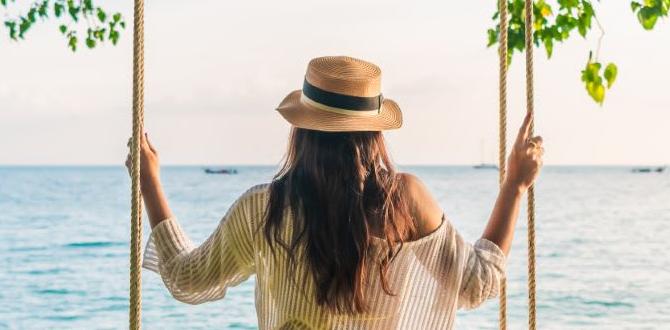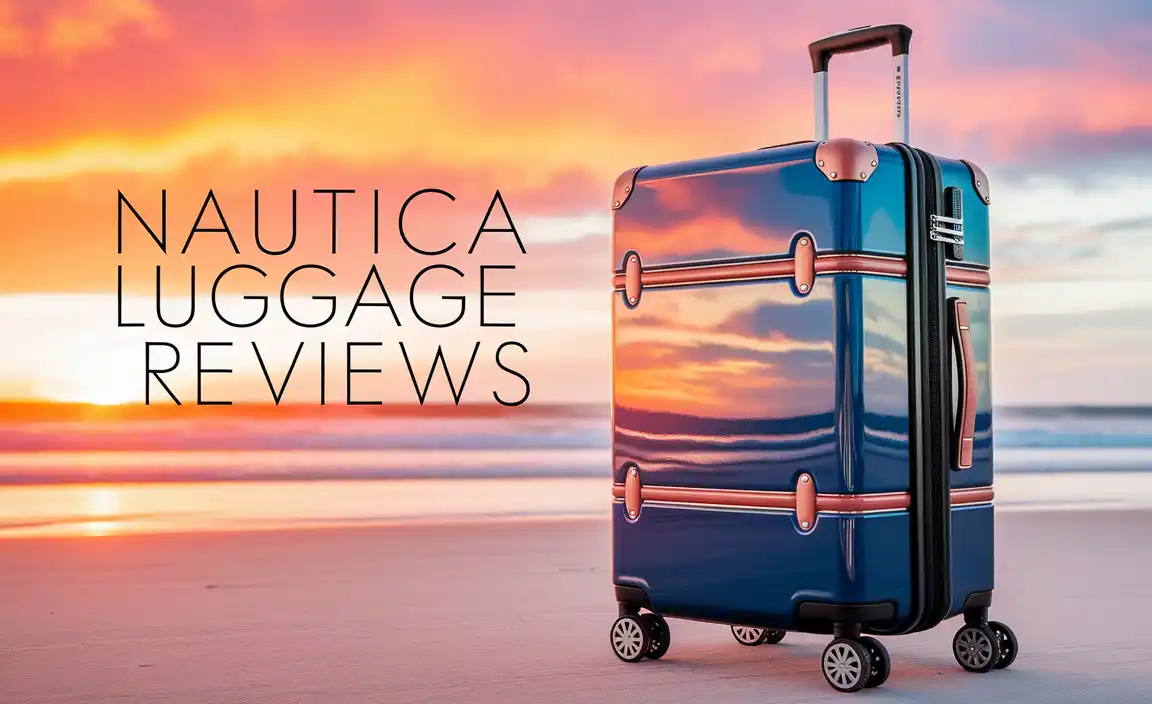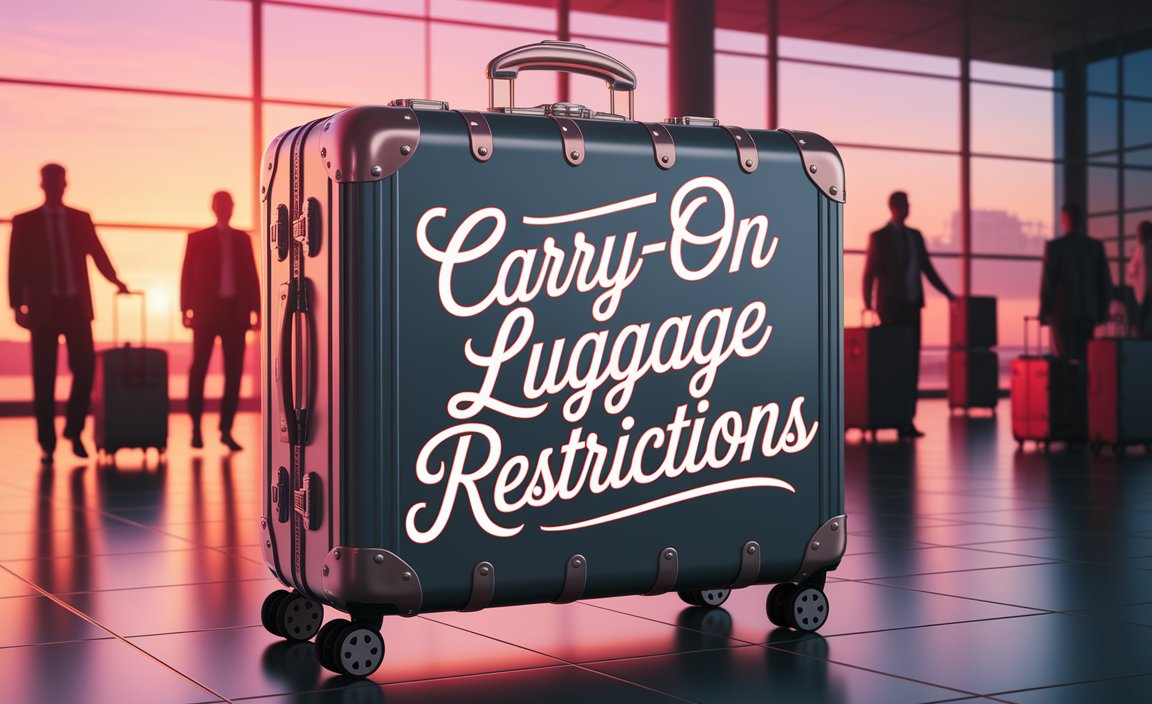Australia is a fantastic destination for families, offering diverse adventures from sun-drenched beaches to unique wildlife encounters. This guide provides essential tips and activities to ensure a fun, stress-free trip for everyone, making your Australian family holiday unforgettable.
Planning a family trip to Australia can feel like a big undertaking, especially when you’re trying to juggle everyone’s interests and needs. You want experiences that are exciting for the kids, relaxing for the adults, and easy to manage logistically. It’s common to worry about keeping everyone entertained, finding suitable accommodation, and ensuring comfortable travel, particularly for younger children or those with specific needs. But don’t let the planning overwhelm you! With a little know-how, you can create an Australian adventure that’s filled with laughter, discovery, and cherished memories for the whole family.
Your Ultimate Australia Family-Friendly Guide: Essential Fun
Australia is a vast and varied continent, brimming with incredible experiences perfect for families. From the iconic Sydney Opera House to the vibrant coral reefs of the Great Barrier Reef and the unique marsupials of the Outback, there’s something to captivate every member of your family. This guide is designed to simplify your planning, offering practical advice and inspiring ideas to make your Australian journey a resounding success.
Planning Your Australian Family Adventure
A little preparation goes a long way to ensure a smooth and enjoyable family holiday in Australia. Consider these key areas:
Best Time to Visit Australia with Family
Australia’s climate varies significantly from north to south. Targeting the right season for your chosen destinations can make a huge difference to your experience.
- Summer (December – February): Ideal for southern states like Victoria and Tasmania for beach holidays. It’s hot in many areas, so plan indoor activities or water-based fun. New Year’s Eve in Sydney is a major event.
- Autumn (March – May): Pleasant temperatures across most of the country, making it excellent for exploring cities and national parks. Ideal for experiencing autumn foliage in places like Tasmania and Victoria.
- Winter (June – August): Perfect for Queensland and the Northern Territory for warm weather and exploring the Great Barrier Reef or the Red Centre without extreme heat. Skiing is an option in the Australian Alps.
- Spring (September – November): Wildflowers bloom in Western Australia, and temperatures are generally mild everywhere. It’s a great time for outdoor activities before the summer heat kicks in.
Choosing Family-Friendly Destinations
Australia boasts countless family-friendly locations. Here are a few highlights:
- Sydney, New South Wales: Beyond the Opera House and Harbour Bridge, discover Taronga Zoo, SEA LIFE Sydney Aquarium, and beautiful beaches like Manly and Bondi.
- Gold Coast, Queensland: Famous for its world-class theme parks (Dreamworld, Warner Bros. Movie World, Sea World) and long sandy beaches.
- Cairns & Port Douglas, Queensland: Gateway to the Great Barrier Reef for snorkeling and diving, and the ancient Daintree Rainforest for jungle adventures.
- Melbourne, Victoria: Offers laneway exploration, the Melbourne Zoo, the science museum Scienceworks, and proximity to the Great Ocean Road for stunning coastal drives.
- Kangaroo Island, South Australia: A wildlife haven where you can see kangaroos, koalas, seals, and sea lions in their natural habitat.
- Uluru-Kata Tjuta National Park, Northern Territory: Experience the spiritual heart of Australia, learn about Indigenous culture, and witness the breathtaking sunset over Uluru.
Accommodation for Families
Finding the right place to stay is crucial for comfort and convenience.
- Apartment Hotels/Serviced Apartments: Often include kitchenettes or full kitchens, separate living areas, and laundry facilities, providing a home-away-from-home feel.
- Holiday Parks/Caravan Parks: Many offer cabins or villas with playgrounds, pools, and communal barbecue areas, which are fantastic for kids.
- Resorts with Kids’ Clubs: Ideal for parents who want a break, these resorts offer supervised activities for children.
- Airbnb/Vacation Rentals: Can provide more space and unique local experiences, especially in residential areas.
Getting Around Australia with Kids
Australia is a large country, so travel time between destinations needs consideration.
- Flying: The fastest way to cover long distances. Domestic airlines offer frequent services between major cities. Booking in advance can save money.
- Driving: Offers flexibility, especially for exploring regional areas and national parks. Car rental companies are widely available at airports and in cities. Ensure you book a car seat if needed. For road trip planning, Australia.com has useful information.
- Trains: A more scenic way to travel between some cities, though often slower than flying. The Indian Pacific is a famous cross-continental journey.
- Ferries: Essential for accessing islands like Rottnest Island and Kangaroo Island, and a popular way to see Sydney Harbour.
Essential Packing List for Family Fun
Packing smart means being prepared for diverse weather and activities. Here’s a checklist to get you started.
| Category | Items |
|---|---|
| Clothing | Lightweight, breathable clothing (t-shirts, shorts, dresses) Long-sleeved shirts and pants (for sun protection and cooler evenings) One warmer layer (fleece or light jacket) Swimsuits Sun hats with wide brims Comfortable walking shoes Sandals or flip-flops |
| Sun Protection | High SPF sunscreen (apply liberally and often!) Sunglasses Rash vests/sun shirts for swimming |
| Health & Safety | Basic first-aid kit (band-aids, antiseptic wipes, pain relievers) Insect repellent Any personal medications Hand sanitizer |
| Baby & Toddler Essentials | Diapers/Nappies (consider travel-sized packs or purchase upon arrival if space is limited) Wipes Portable changing mat Baby food/formula and snacks Favorite comfort items (stuffed animal, blanket) Stroller or carrier (lightweight and foldable) Consider adult or child diapers for longer travel days or unexpected needs. Many brands offer discreet, comfortable options suitable for travel, providing peace of mind for parents on long flights or road trips. |
| Entertainment & Comfort | Travel-sized games and books Tablets/iPads with downloaded entertainment Snacks for travel days Reusable water bottles Small backpack for day trips |
| Documents & Money | Passports and Visas Flight and accommodation bookings Driver’s licenses Credit/debit cards and some Australian Dollars (AUD) |
Must-Do Family Activities in Australia
From animal encounters to natural wonders, Australia offers an abundance of kid-friendly attractions.
Wildlife Encounters
Australia is famous for its unique animals. Seeing them up close is a highlight for any family.
- Feed a Kangaroo & Cuddle a Koala: Many wildlife parks and sanctuaries, like Currumbin Wildlife Sanctuary on the Gold Coast or Lone Pine Koala Sanctuary in Brisbane, offer these memorable experiences. Always check the park’s policies on koala handling, as some prioritize animal welfare and limit direct contact.
- Spot Marine Life: The Great Barrier Reef is unparalleled for snorkeling and diving. Even younger children can enjoy glass-bottom boat tours or visiting aquariums like SEA LIFE Sydney Aquarium or Melbourne Aquarium.
- Discover Unique Birds and Reptiles: Explore rainforest walks or national parks to see colorful parrots, kookaburras, and perhaps even a goanna or snake (from a safe distance!).
- Whale Watching: Depending on the season (typically May to November along the east coast), you might spot migrating whales from coastal viewpoints or on dedicated boat tours.
Iconic Landmarks and Natural Wonders
These are the sights that define Australia.
- Sydney Harbour: Take a ferry for stunning views of the Opera House and Harbour Bridge. Consider a family-friendly bridge climb for older children. Visit Taronga Zoo, which offers incredible city views alongside its animal exhibits.
- Great Barrier Reef Marine Park: A UNESCO World Heritage site. Activities range from gentle wading pools on sand cays to advanced diving. Many operators cater specifically to families. For more information on protecting this natural wonder, see the Great Barrier Reef Marine Park Authority.
- Uluru-Kata Tjuta National Park: Experience the cultural significance of Uluru. The base walk is accessible for families, and ranger-led programs offer insights into Anangu culture. The sunset and sunrise views are majestic.
- Daintree Rainforest: Explore the world’s oldest tropical rainforest. Take a boardwalk tour, cruise the Daintree River to see crocodiles, or visit a wildlife habitat.
- Kakadu National Park: Discover ancient Aboriginal rock art, stunning waterfalls, and diverse wildlife in this vast national park in the Northern Territory.
Theme Parks and Entertainment
For guaranteed thrills and fun, especially for younger travelers.
- Gold Coast Theme Parks: Dreamworld, Warner Bros. Movie World, Sea World, and Wet’n’Wild offer a jam-packed day of rides, shows, and water fun.
- Adventure Parks: Many regions offer adventure parks with activities like zip-lining, treetop walks, and obstacle courses, providing active fun for older kids.
- Interactive Museums: Cities like Melbourne (Scienceworks) and Sydney (Powerhouse Museum) have excellent interactive museums that engage children with science and technology.
Tips for Traveling with Children of All Ages
Keeping kids happy and comfortable is key to a successful family trip.
Infants and Toddlers
Travel with very young children requires extra planning but can be incredibly rewarding.
- Snacks and Drinks: Always carry plenty of familiar snacks and drinks. Airplane food might not suit sensitive tummies, and having your own supply saves meltdowns.
- Comfort Items: A favorite blanket, stuffed animal, or pacifier can provide a sense of security in new environments and during travel.
- Diapering Convenience: Pack a portable, easy-to-clean changing mat. Many modern, absorbent diapers are discreet and comfortable for extended wear during flights or long car journeys. For parents concerned about leaks or needing extra security, discreet adult or child diapers can be a game-changer, offering peace of mind without compromising comfort. Brands often focus on breathability and soft materials for sensitive skin.
- Stroller/Carrier: A lightweight, compact stroller or a comfortable carrier is invaluable for navigating airports and attractions.
- Routine: Try to maintain nap and feeding schedules as much as possible to minimize fussiness.
School-Aged Children
Engage older kids in the planning and activities to keep them excited.
- Involve Them: Let them choose some activities or research local animals. This gives them ownership of the trip.
- Educational Opportunities: Many Australian attractions offer fantastic learning experiences. From Indigenous culture centers to interactive science museums, there are ways to make learning fun.
- Down Time: Balance busy days with downtime. Parks, playgrounds, and hotel pools are great for letting off steam.
Teenagers
Teenagers often seek independence and excitement.
- Freedom within Limits: Allow them some independence, perhaps to explore a market or a specific shopping area with friends (if travelling with multiple families), or a designated time to use their devices.
- Adventure Activities: Consider activities that appeal to their sense of adventure, like surfing lessons, kayaking, or an introductory scuba dive experience on the Great Barrier Reef.
- Social Media Opportunities: Australia offers incredible photo opportunities that teens will love sharing.
Food and Drink for Families
Eating well on a family trip is important. Australia offers a diverse culinary scene.
- Café Culture: Many Australian cafes serve excellent coffee and simple, kid-friendly meals like sandwiches, wraps, and pastries. Most are very accommodating to families.
- Pub Meals: Traditional pubs often offer hearty, affordable meals that appeal to kids. Look for “kids’ menus” which usually include favorites like fish and chips or chicken nuggets.
- Picnics: With stunning beaches and parks, picnics are a fantastic and economical option. Supermarkets offer a wide range of pre-made sandwiches, salads, and snacks. Visit your local Australian supermarket for local treats!
- Dietary Needs: Australia is increasingly aware of dietary requirements. Many restaurants clearly label vegetarian, vegan, gluten-free, and other options. If you rely on specific products like Depend Fit-Flex Maximum Absorbency Briefs for personal care, it’s wise to pack a supply or research availability in larger Australian pharmacies or supermarkets prior to your trip.
Safety First: Keeping Your Family Safe
Australia is generally a safe country, but like any travel, awareness is key.
- Sun Safety: This cannot be stressed enough. The Australian sun is intense year-round. Always use sunscreen, wear hats and protective clothing, seek shade, and drink plenty of water.
- Water Safety: If swimming at the beach, always swim between the red and yellow flags, which mark patrolled areas. Heed surf lifesaver advice. Be cautious of marine stingers in tropical waters during certain months (check local signage).
- Wildlife Awareness: While most Australian wildlife is harmless, maintain a safe distance. Never feed wild animals. Be aware of potential hazards like snakes or spiders in bushland areas.
- Road Safety: If driving, remember Australians drive on the left. Be aware of wildlife on roads, especially at dawn and dusk. Children must always wear seatbelts or appropriate car restraints. Visit the Australian Government Vehicle Safety website for child restraint guidelines.
Frequently Asked Questions About Family Travel in Australia
Q1: Are Australia’s beaches safe for young children?
Many Australian beaches have calm, shallow areas perfect for toddlers and young children, especially those within sheltered bays or protected coves. Always supervise children closely and swim between the red and yellow flags where lifeguards are on duty. Some popular family beaches include Manly Beach in Sydney, Currumbin Beach on the Gold Coast, and Esplanade Beach in Cairns.
Q2: What are the best cities in Australia for family holidays?
Sydney and the Gold Coast are top choices, offering a great mix of attractions like theme parks, beaches, and wildlife. Melbourne provides a rich cultural experience with excellent museums and parks, while Cairns is the gateway to the Great Barrier Reef and rainforest adventures. Each city offers unique family-friendly experiences.
Q3: Is it expensive to travel through Australia with a family?
Australia can be as expensive or affordable as you plan it to be. Flights and accommodation can be significant costs, especially during peak season. However, saving money is possible by utilizing holiday parks, self-catering accommodation, taking advantage of free activities like beach days and park visits, and eating picnics. Traveling during the shoulder seasons (spring and autumn) can also offer better value.
Q4: What kind of food can I expect for picky eaters in Australia?
Most Australian eateries, especially family-friendly cafes and pubs, cater well to picky eaters. You’ll find options like chicken nuggets, chips (fries), pasta, pizza, and simple grilled meats or fish on most kids’ menus. Supermarkets also offer a vast array of familiar snacks, cereals, and lunchbox ideas.
Q5: Do I need to worry about dangerous animals when visiting Australia with kids?
While Australia has a reputation for its unique wildlife, including spiders and snakes, serious encounters are rare, especially in tourist areas. The key is awareness and sensible precautions: wear appropriate footwear in bushland, don’t reach into dark spaces, never feed wild






